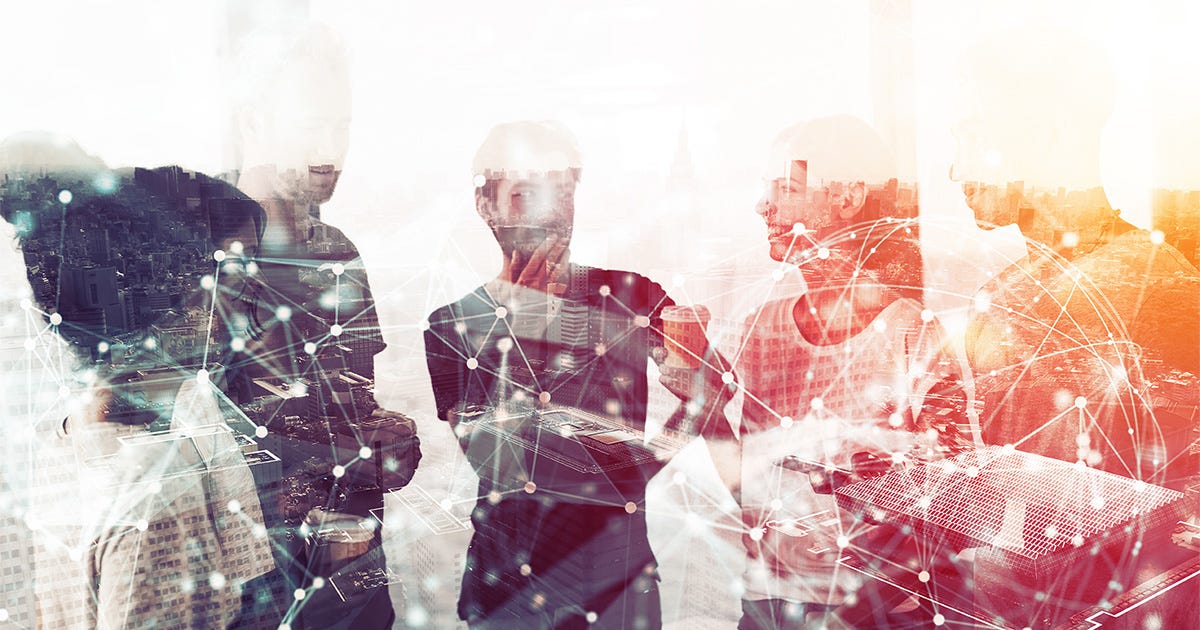 Hopp, F. R., Fisher, J. T., Cornell, D.,
Hopp, F. R., Fisher, J. T., Cornell, D.,Huskey, R., & Weber, R. (2020, June 12).
https://doi.org/10.3758/s13428-020-01433-0
Abstract
Moral intuitions are a central motivator in human behavior. Recent work highlights the importance of moral intuitions for understanding a wide range of issues ranging from online radicalization to vaccine hesitancy. Extracting and analyzing moral content in messages, narratives, and other forms of public discourse is a critical step toward understanding how the psychological influence of moral judgments unfolds at a global scale. Extant approaches for extracting moral content are limited in their ability to capture the intuitive nature of moral sensibilities, constraining their usefulness for understanding and predicting human moral behavior. Here we introduce the extended Moral Foundations Dictionary (eMFD), a dictionary-based tool for extracting moral content from textual corpora. The eMFD, unlike previous methods, is constructed from text annotations generated by a large sample of human coders. We demonstrate that the eMFD outperforms existing approaches in a variety of domains. We anticipate that the eMFD will contribute to advance the study of moral intuitions and their influence on social, psychological, and communicative processes.
From the Discussion:
In a series of theoretically-informed dictionary validation procedures, we demonstrated the eMFD’s increased utility compared to previous moral dictionaries. First, we showed that the eMFD more accurately predicts the presence of morally-relevant article topics compared to previous dictionaries. Second, we showed that the eMFD more effectively detects distinctions between the moral language used by partisan news organizations. Word scores returned by the eMFD confirm that conservative sources place greater emphasis on the binding moral foundations of loyalty, authority, and sanctity, whereas more liberal leaning sources tend to stress the individualizing foundations of care and fairness, supporting previous research on moral partisan news framing (Fulgoni et al., 2016). Third, we demonstrated that the eMFD more accurately predicts the share counts of morally-loaded online newspaper articles. The eMFD produced a better model fit explained more variance in overall share counts compared to previous approaches. Finally, we demonstrated eMFD score’s utility for linking moral actions to their respective moral agents and targets.







